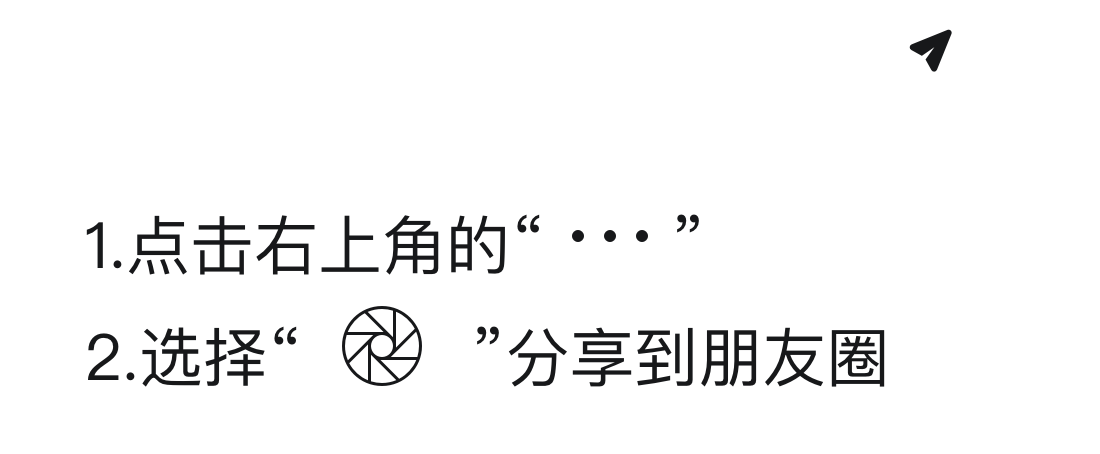快手电商在双11推出中小商家激励政策,旨在帮助商家提升成交额,聚焦于实操干货和政策细节。
1.激励措施核心:包括磁力金牛现金返还、天降红包补贴和直播间流量扶持三大项,覆盖不同目标档位,可直接提升商家收益。
2.目标设置与门槛:分三档GMV目标(超20万、50万、100万元),商家只需单日GMV高于过往均值并达成任一档位即可申请激励。
3.实操方式:所有激励基于“增量GMV”计算(单日目标与均值的差额乘以系数),鼓励商家在大促期间最大化销售额冲击。
文章揭示双11消费趋势和用户行为变化,对品牌渠道建设和营销战略提供参考。
1.消费趋势:双11期间平台推出激励政策,反映用户购物需求高峰,品牌可借此优化产品定价和渠道策略。
2.用户行为观察:中小商家通过达成GMV目标获得激励,显示用户通过电商平台消费的行为模式,可用于研发针对性产品。
3.平台动态:快手减少头部主播依赖,转向中小商家,这对品牌合作方式产生启示,如探索更均衡的营销渠道。
政策解读清晰,揭示增长机会和扶持措施,有助于卖家应对市场变化。
1.政策核心解读:快手推出中小商家激励,基于增量GMV提供现金返还、红包和流量扶持三档(超20万、50万、100万元目标),为卖家提供增长新途径。
2.机会提示:通过达成单日GMV目标,卖家可直接获得磁力金牛返利比例提升(30%至100%)和流量封顶支持(最高20万/天),提示在大促期间冲刺销售的商业机会。
3.风险与学习点:平台正减少头部主播依赖,卖家可学习该模式避免流量失衡风险,同时利用扶持政策提升自身抗风险能力。
文章提供推进电商的商业机会和数字化启示,助力工厂优化生产和设计。
1.商业机会:双11期间中小商家可获激励,工厂可借机合作供应商品,利用GMV增量模式提升销售订单。
2.数字化启示:快手激励政策基于增量GMV计算,体现电商平台对数据驱动的要求,建议工厂推进生产数字化以适应此类机制。
3.产品设计需求:政策强调流量扶持和现金返利,工厂可研发易销售产品以符合平台趋势,抢占市场风口。
行业发展趋势和客户痛点解决方案明确,为服务商提供市场洞察。
1.行业趋势:快手转向中小商家激励,揭示电商平台挖掘新增长动能的动向,服务商需适配该模式提供专业支持。
2.客户痛点:中小商家面临增长瓶颈和头部主播竞争问题,文章提出增量GMV激励作为解决方案,服务商可据此设计服务套餐。
3.应对措施:平台通过三档目标(20万、50万、100万元)提供现金返还、红包和流量支持,服务商可利用此优化技术方案助客户实现增长。
平台最新做法和运营管理策略突出,强调风险规避需求。
1.平台最新做法:快手发布双11中小商家激励政策,分三档GMV目标提供现金返、红包和流量扶持(如100%返利和20万流量封顶),优化招商策略。
2.运营管理:激励基于增量GMV计算,涉及流量分配和风险控制(如避免头部主播依赖),平台可借鉴此规避生态失衡风险。
3.商业需求:文章指出中小商家是“毛细血管”增长来源,平台需继续向商家倾斜资源,以构建可持续电商生态。
产业新动向和政策启示清晰,揭示商业模式的新问题。
1.产业新动向:快手转向中小商家激励,反映电商平台探索新增长源的动向,提示行业均衡发展课题。
2.新问题解析:过度依赖头部主播导致流量失衡和利润挤压问题,政策建议通过增量GMV三档目标(20万、50万、100万元)构建更健康生态。
3.商业模式启示:激励采用现金返、红包和流量扶持,研究者可分析该模式对政策法规的影响和可持续商业策略的启示。
返回默认













